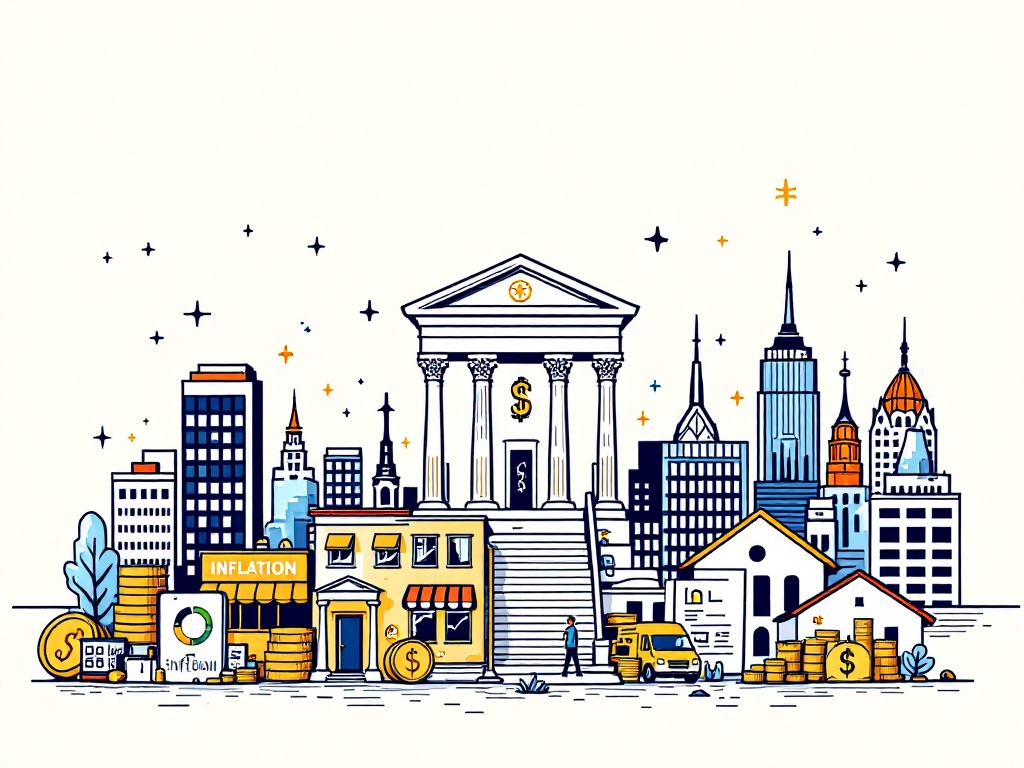U.S. Economy Faces Mixed Outlook with Strong Business Investment Amid Inflation Concerns

Washington, D.C., Monday, 13 October 2025.
Economists predict stronger U.S. growth due to surging business investment, but slow job growth and persistent inflation pose challenges, highlighting a complex economic scenario for policymakers.
Business Investment Bolsters Economic Growth
The U.S. economy is poised to experience stronger growth in 2025, primarily driven by a significant surge in business investment, particularly in sectors such as artificial intelligence (AI) and computing capacity. This trend is expected to offset weaker growth in consumption and global trade, keeping the economy growing near its trend. The National Association for Business Economics (NABE) survey forecasts a 1.8% growth rate for the U.S. economy in 2025, an increase from the 1.3% projection in June [1]. The focus on AI-related capital expenditures has been a key factor in this optimistic outlook, providing a meaningful backstop to GDP growth [2].
Challenges from Slow Job Growth and Inflation
Despite the optimistic growth projections, the U.S. economy faces several challenges, including slow job growth and persistent inflation. The unemployment rate is projected to rise to 4.5% in 2026, with job growth averaging just 29,000 per month for the remainder of this year. Moreover, inflation remains stubbornly high, with expectations for it to only decline to 2.5% by 2026, falling short of the Federal Reserve’s 2% target [1][3]. These issues highlight a disconnect between GDP growth and labor market recovery, creating a complex scenario for policymakers [4].
Federal Reserve and Interest Rate Adjustments
In response to the economic challenges, the Federal Reserve is anticipated to adjust interest rates, albeit at a slower pace than investors initially expected. Only one more rate cut is anticipated for this year, as opposed to the two quarter-point cuts previously priced into contracts tied to the central bank’s benchmark interest rate [1]. This cautious approach reflects the ongoing puzzle faced by Fed officials, where GDP growth surprises to the upside while job growth remains unimpressive [1].
Impact on Consumer Sentiment and Market Dynamics
Consumer sentiment has remained relatively unchanged, with the index of consumer sentiment standing at 55 points in October 2025, indicating a sideways movement from September. This stability in sentiment underscores the ongoing concerns about high prices and weakening job prospects. Additionally, the evolving economic landscape, influenced by trends in immigration and AI-driven productivity, introduces uncertainty around the sustainability of recent growth [5][6]. As the U.S. economy navigates these challenges, the role of policymakers in adapting to new realities becomes increasingly crucial [2].